The Life and Times of the PlayStation 3
By Darth_Navster 15 Comments
Ten years ago, on November 17th, 2006, the PlayStation 3 was released in North America. After over a year of speculation and hype, the sleek console with a Spider-Man inspired logo was finally a physical thing that could be bought. Despite Microsoft’s year head start on HD gaming with the Xbox 360, many considered this to be Sony’s generation to lose. Succeeding the legendary PlayStation 2, the PS3 seemed poised to dominate yet again. After all, it had unprecedented processing power, Blu-Ray capability, and a wealth of upcoming exclusives from first, second, and third parties. However, after a successful launch and holiday season, the PS3 found itself losing ground to both the underdog 360 and the unconventional Nintendo Wii. Microsoft in particular proved adept in making the most of their underpowered (and cheaper) console, and it seemed that the HD generation would belong to the American software giant. But all was not lost for Sony, and their journey from console also-ran to marketplace leader remains one of the most fascinating stories in gaming history.
Looking back at the run-up to the PS3’s release, it seems obvious that Sony had seriously miscalculated the market. Riding high on two generations of gaming dominance with their previous PlayStation platforms, Sony’s management took for granted that their newest console would do the same. Despite this hubris, the PS3’s debut at E3 2005 was met with enthusiasm by consumers. With the infamous redesigned “boomerang” controller, Blu-Ray discs, and a cutting edge processor using Sony’s Cell chipset, the system looked like a significant step up from Microsoft’s recently revealed Xbox 360. Pre-recorded demos of Metal Gear Solid 4 and Killzone 2 reasserted Sony’s dominance in the domain of gaming technology. Indeed, at the time it looked like Sony had done it again.
However, unlike the PS3’s splashy debut, the next few months became marked with confused messaging and unflattering news. The highly touted Killzone 2 trailer was revealed to be an optimistic target render of the final product, the redesigned controller became the source of much derision, and there were growing concerns that the PS3’s premium hardware came with it a premium price point. Microsoft’s successful launch of the 360 in the fall of 2005 did not help matters, as many consumers preferred to make their next-gen upgrade immediately rather than wait a year. The misgivings about the PS3 came to a head at the disastrous E3 2006 press conference. In addition to the tone deaf references to “Giant Enemy Crabs” and “Riiiiidge Racer!”, what was on display proved underwhelming. Sony showed off a redesigned controller, the Sixaxis, which was essentially a wireless DualShock 2 with the rumble taken out, and immediately drew unfavorable comparisons against Microsoft’s excellent 360 controller. Games like Genji: Days of the Blade or Gran Turismo didn’t look all that impressive compared to already released 360 games like The Elder Scrolls IV: Oblivion and Forza Motorsport 2. But the most egregious misstep came near the end, when the PS3 was revealed to be priced at $499 for the 20GB version and $599 for the 60GB version. With the Xbox 360 retailing for $399 in its most expensive configuration (with bundled games), Sony fans began to question their loyalty.
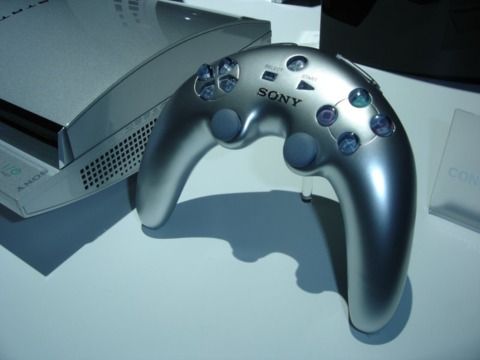
Luckily, the PlayStation brand helped to make the PS3’s launch a successful one. Early adopters showed up in droves, and media friendly supply shortages plagued the holiday season. Amidst an underwhelming library of launch games, a few titles did manage to stand out. Insomniac’s Resistance: Fall of Man in particular provided new PS3 owners with a tight shooter that showcased a creative arsenal inspired by the game’s World War II-meets-alien invasion setting. However, once 2007 rolled around, the honeymoon period was over, and PS3’s could be easily found on shelves. Software was still coming out for the system, as it saw ports of 360 hits such as F.E.A.R. and Rainbow Six: Vegas as well as exclusives like Virtua Fighter 5. However, very few of these titles were able to move the needle on the PS3 and it remained last in home console sales throughout much of the year.
It should be noted that the PS3 not only had to deal with competition from its traditional rivals, but also from its predecessor, the PS2. The venerable console proved to be surprisingly resilient through the generational change, and in addition to getting competent ports of Marvel: Ultimate Alliance and Madden NFL 07, it was still getting must-play exclusives like Bully and God of War II. As such, price conscious consumers opted to wait on upgrading as they had plenty of games to keep themselves busy.
The autumn of 2007 proved to be a turning point for the PS3’s lagging fortunes. Early adopters were vindicated with exclusives like Uncharted: Drake’s Fortune, Ratchet & Clank Future: Tools of Destruction, and Heavenly Sword. In addition, multiplatform games began to come out in earnest, with the generation-defining Call of Duty 4: Modern Warfare leading the charge. Modern Warfare especially played to Sony’s strengths, as the online heavy game could be played for free on the PS3 as opposed to paying for Xbox Live Gold on the 360. But alas, even this strong showing was not enough to overcome Microsoft and Nintendo’s sales. Both companies had banner years, with exclusives like Halo 3, Metroid Prime 3, Mass Effect, and Super Mario Galaxy enticing consumers to non-Sony platforms. Still, the PS3 had a strong showing and laid the groundwork for better days ahead.
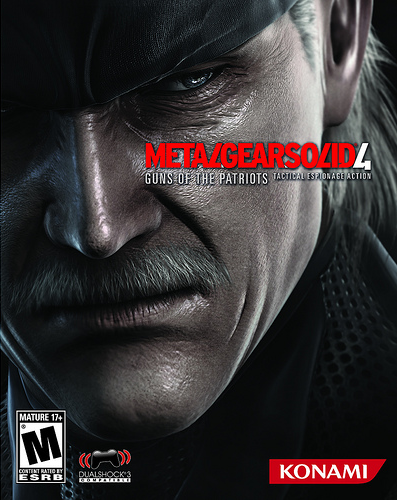
The following year was much more favorable for the PS3, and a lot of that can be attributed to the behemoth release of Metal Gear Solid 4: Guns of the Patriots. Marketed as the finale to the Metal Gear Solid series, many fans of Solid Snake’s adventures (including myself) finally hopped aboard Sony’s platform to experience Hideo Kojima’s masterpiece. While being an excellent game in and of itself, it finally justified the PS3’s premium hardware as Kojima famously attributed the capacity of the Blu-Ray format and the processing power of the Cell architecture in bringing his vision to life. Furthermore, Sony’s release of a 40GB, $399 USD system also helped to make the system more palatable to the mass market. In addition, the year saw the release of some less touted but still excellent exclusives, including Valkyria Chronicles and LittleBigPlanet. Of course, multiplatform games continued to shine on the system, with titles like Grand Theft Auto IV, Burnout Paradise, Fallout 3, and Dead Space keeping up a drumbeat of activity for Sony.
2008 was also the year that the PlayStation Network finally came into its own. Marketed as a free alternative to Microsoft’s paid network service, PSN had been derided as being less user-friendly and slower than its competition. However, with Sony constantly updating the service with features like better party tools and more overall reliability, PSN began to win over consumers. Even funky experiments like Folding@home and PlayStation Home were met with enthusiasm among owners who were eager to try out the internet and processing capabilities of their machines. Furthermore, Sony began to position the PSN as a quirkier alternative for independent and small-scale games that were distinct from the Xbox Live Arcade. Games like flOw, Super Stardust HD, and Echochrome showed off unique and experimental gameplay with a distinctly Japanese sensibility. This groundwork allowed PSN to flourish in the ensuing years, releasing not only groundbreaking titles like The Unfinished Swan and Papo & Yo, but also releasing full retail games almost day and date of their physical release.
Coming off an excellent 2008, Sony looked ready to challenge Microsoft for HD console supremacy in 2009. The year started off strong with the release of Killzone 2. Despite the previous controversy surrounding the game, Killzone 2 was an excellent shooter that not only demonstrated the graphical prowess of the PS3, but also set new standards in online shooters with its innovative Warzone mode and large 64-player battles (a rarity on consoles at the time). The games kept on coming throughout the year, with MLB 09: The Show firmly establishing itself as the premiere baseball series, and Fat Princess demonstrating that online games can be lively and inviting. Despite the wealth of excellent titles, one game stood tall. Uncharted 2: Among Thieves proved to be a massive step up from not only its predecessor, but also from action games in general. With lush, highly detailed environments, characters that moved and emoted realistically, and set pieces that needed to be seen to be believed, Uncharted 2 vindicated the PS3 as a platform. Nathan Drake’s second adventure garnered near-universal acclaim and cleaned up most publications’ end of year awards. Compared to Microsoft’s increasing reluctance to put out exclusives, the PS3 started to become the more enticing platform for consumers.
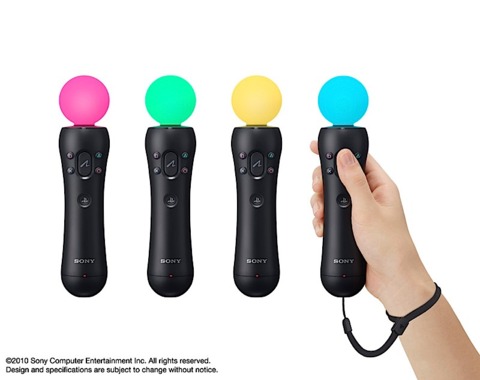
Sony continued its momentum into 2010 with more fantastic games like God of War III and Gran Turismo 5. It also debuted the PlayStation Move, a motion controller set that aped the Wii’s input method. However, like the fortunes of the Wii, the new peripheral found little purchase amongst the PS3’s install base. But despite the steady stream of quality games and new accessories for the PS3, the system’s 2010 would be defined by a move that would not be appreciated until years later. Struggling to maintain the PSN without paying subscribers, Sony implemented an Xbox Live Gold-like service called PlayStation Plus. The service offered, among other things, cloud saves, background downloading of patches, and free trials of certain games. However, with Sony committed to allowing all PS3 users free access to online play, there needed to be another hook that enticed players to the service. To that end, Sony did something outrageous; it gave games away. PS Plus members were given games free of charge each month that they could keep for as long as they were subscribed to the service. At first the games on offer were years-old downloadable only titles like Wipeout HD, but eventually PS Plus members were getting full retail games that were only a few months old, and occasionally games debuting on the service by developers seeking exposure. The service, known as the Instant Game Collection, proved to be so popular that Microsoft eventually had to relent and offer free games through its own Games with Gold initiative. Both services have continued to this day, giving players hundreds of games on a variety of platforms.
While 2009 and 2010 saw the PS3 becoming the console of choice for many consumers, the system suffered a major setback in early 2011. Hackers had infiltrated PSN and forced Sony to shut down the online service for over three weeks. Worse still, the hackers had gained access to thousands of accounts and their attached credit cards. Despite Sony’s attempts to make amends by offering free games and other incentives, the damage had been done and trust amongst the PS3 fanbase had evaporated overnight. In a case of unfortunate timing, the year’s slate of console exclusives also proved to be underwhelming, with inFamous 2, Killzone 3, and Uncharted 3: Drake's Deception all considered uninspired sequels to their groundbreaking predecessors. The PS3 was carried more by momentum than in previous years, as the established user base felt little need to jump ship five years into the console generation. Multiplatform titles such as Portal 2 and Deus Ex: Human Revolution kept up a steady drip of activity on the system, and with the similarity of releases between the PS3 and 360, there was very little done by Microsoft to entice spurned PS3 owners.
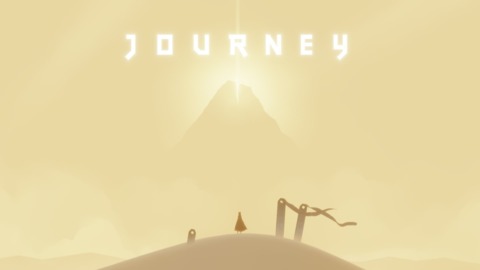
As the PS3 entered its twilight years of 2012 and 2013, the system was deluged with excellent games made by developers who were intimately aware of the then 6 year old console’s capabilities. Games like Hitman: Absolution, XCOM: Enemy Unknown, Grand Theft Auto V, and Bioshock Infinite showed that the aging PS3 had plenty of life in it. PSN came roaring back with a plethora of outstanding titles, including the timeless Journey. And of course, there were the steady stream of high budget exclusives, including Gran Turismo 6 and Sly Cooper: Thieves in Time. As a near perfect coda to an already incredible system, The Last of Us released in summer 2013. The Naughty Dog developed title presented a haunting tale set in a post-apocalypse which culminated in one of the most devastating endings in video game history. The game was roundly acclaimed by critics and garnered many end of year awards. Indeed, with the impending release of the PlayStation 4 in the fall of 2013, the PS3 looked ready to ride off into the sunset. Luckily for fans, that was far from the case.
Like the PS2, the PS3 continued to thrive even after its successor was released. In recent years the PS3 has seen the release of such landmark games as Destiny, Dragon Age: Inquisition, Dark Souls II, and Metal Gear Solid V: The Phantom Pain. While the future is beginning to dim for the PS3, it will have one last hurrah in 2017 with the release of the highly anticipated Persona 5, a game reported to be feature complete compared to its PS4 version. Additionally, the ongoing release of free games each month through PS Plus has given many consumers a reason to keep their last gen consoles plugged in. Despite being 10 years old, it seems that the PS3 will stick around for a little while longer.
Very few would have predicted that a console that stumbled so badly out of the gate would have the staying power to last a decade. Fewer still would have predicted it to be one of the best values in gaming history. The PS3 started out as an unwieldy, expensive manifestation of Sony’s hubris but slowly evolved into a flexible, economical, and reliable platform that could compete in the modern HD era. Given its long lifespan, its backwards compatibility, and immense PSN collection, the PS3 has easily one of the most impressive console libraries in gaming history. It was by no means perfect, but through relentless iteration and experimentation (and a few redesigns along the way), Sony made the PS3 an essential gaming device. So here’s to the PlayStation 3, a testament to how patience pays off, even in the fickle video games industry.
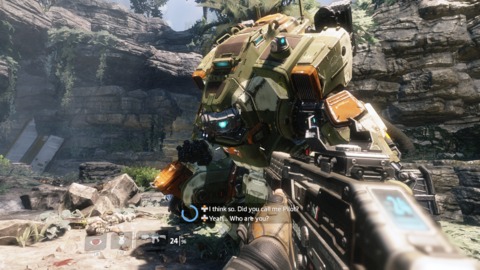
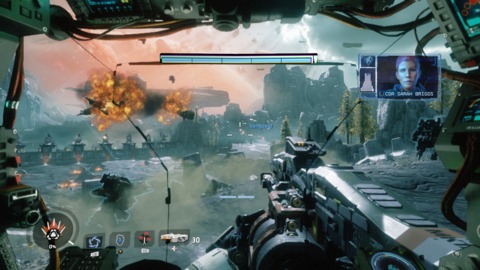
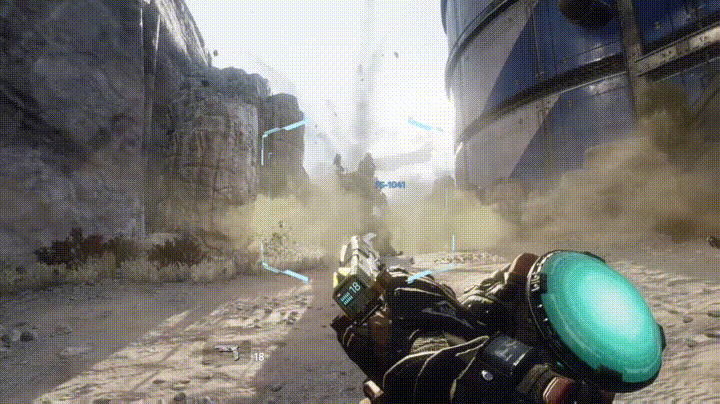
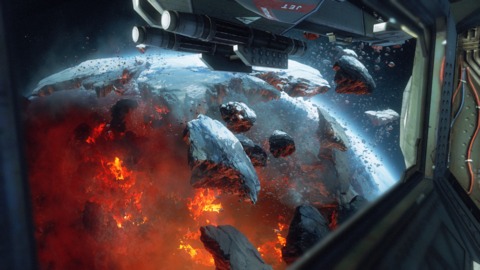
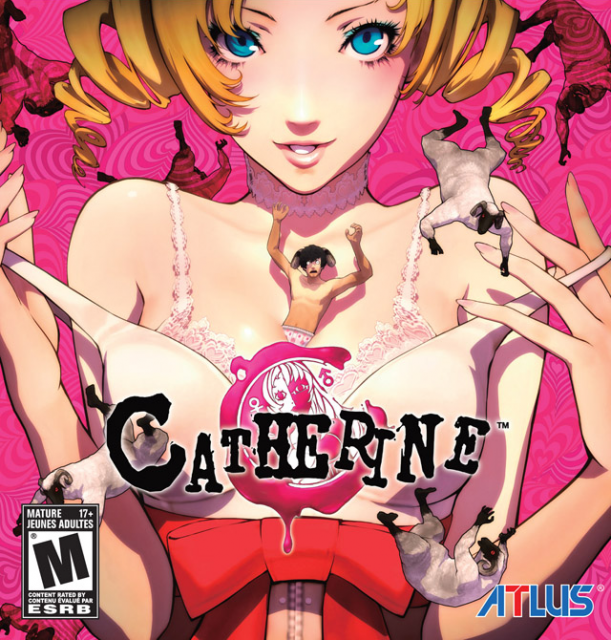
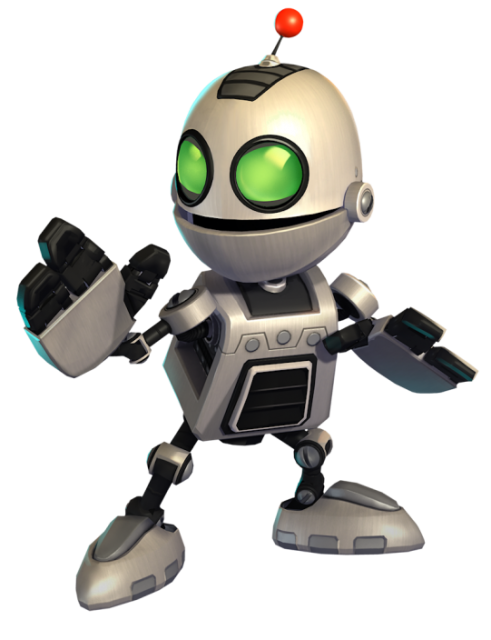
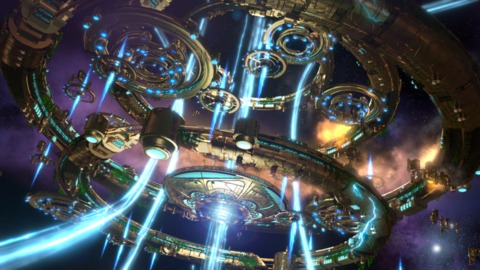
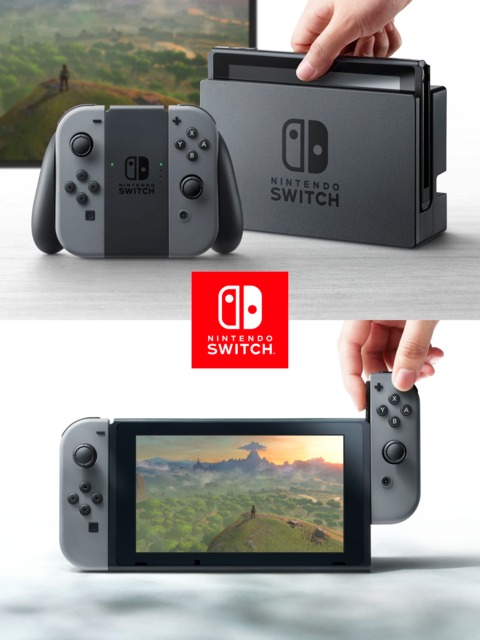
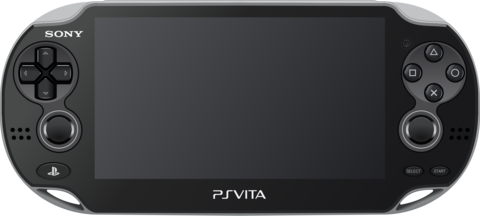
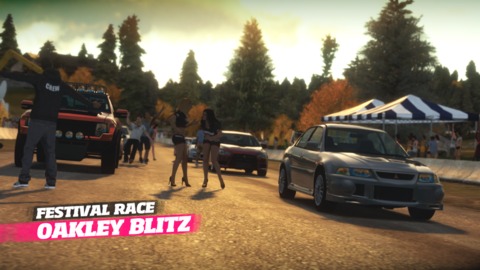
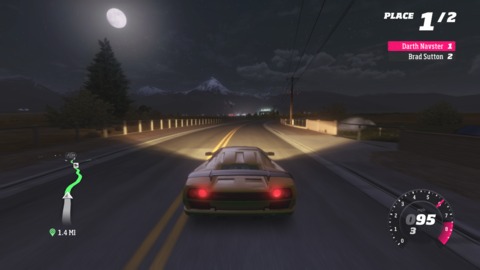
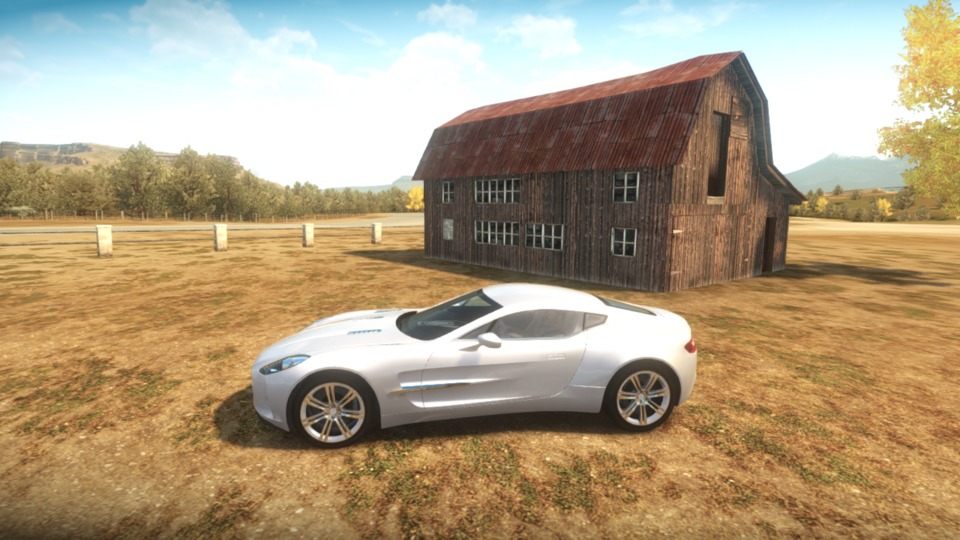
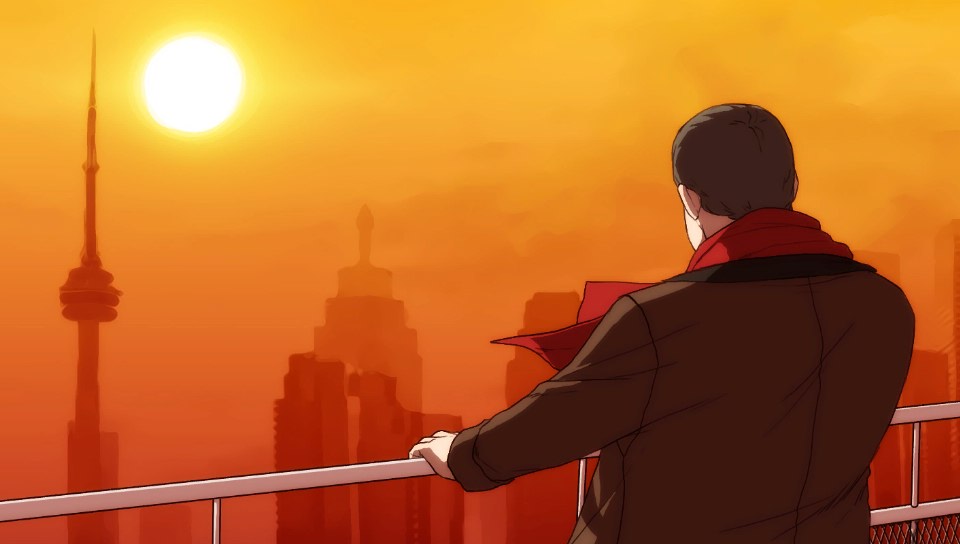
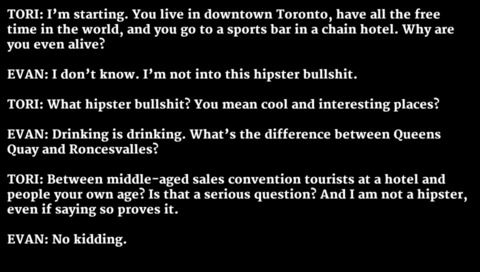
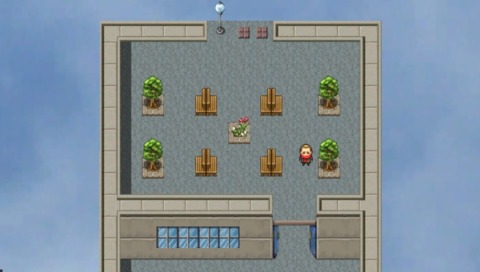
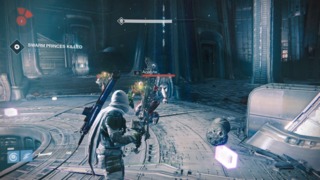
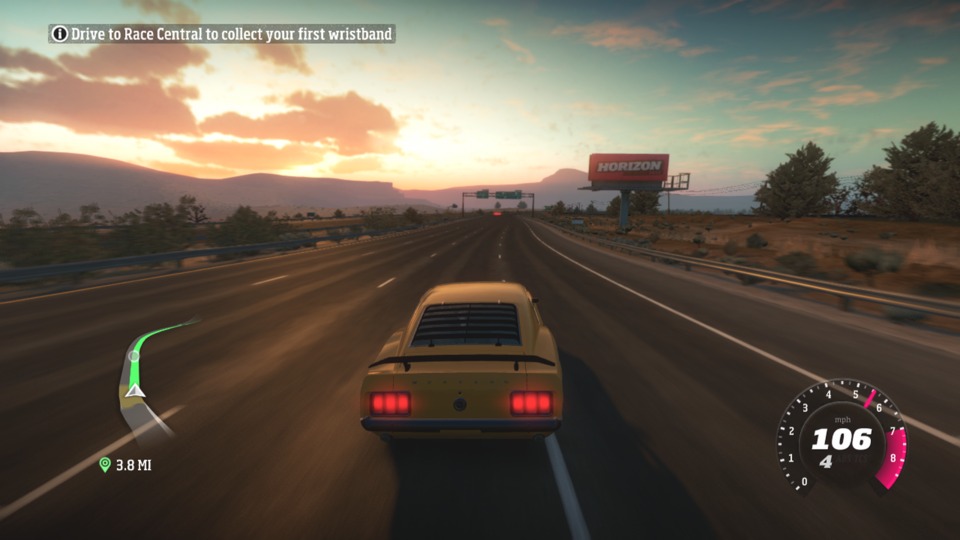
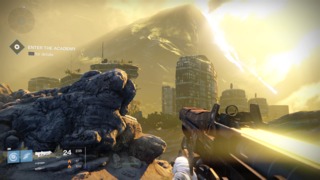
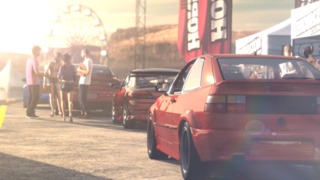
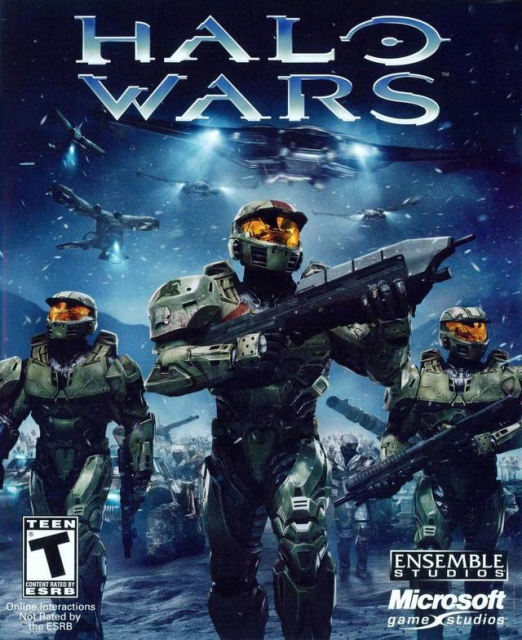
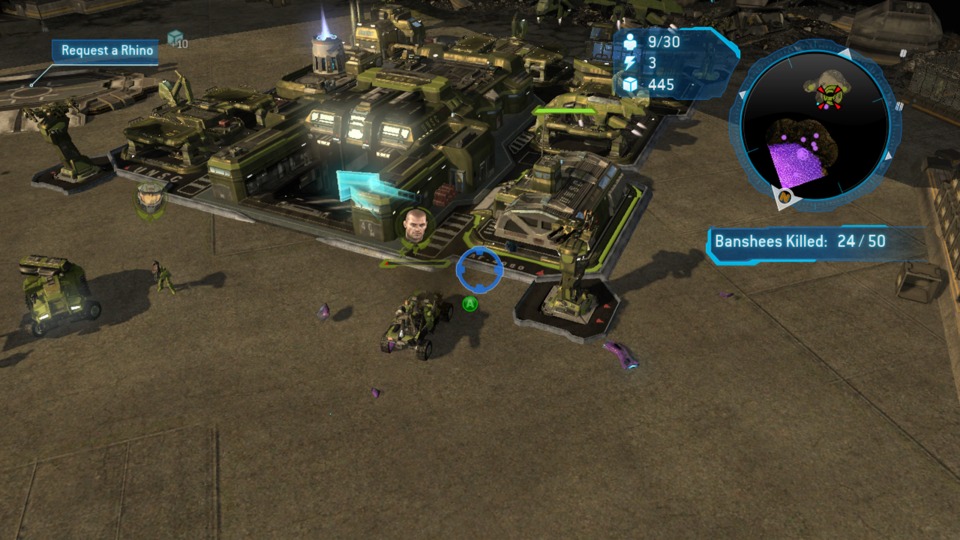
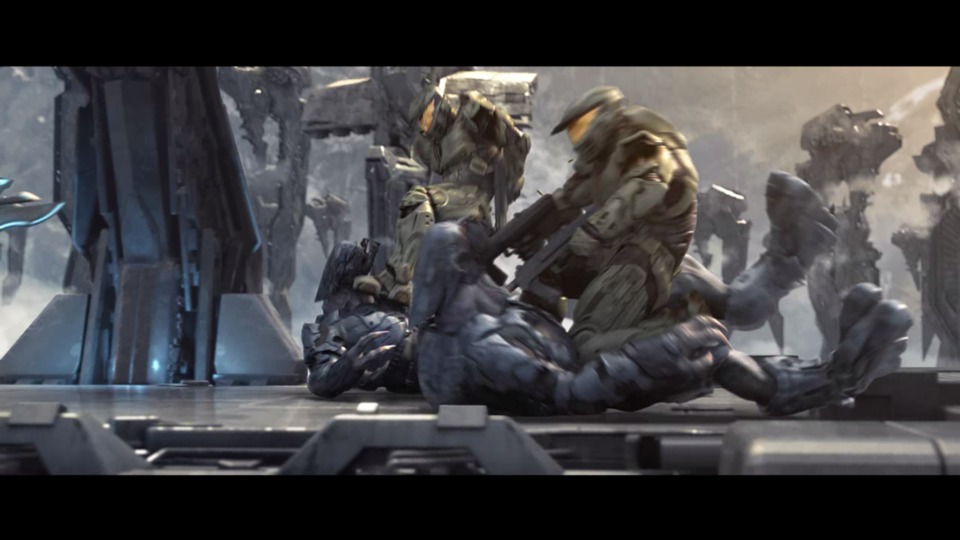
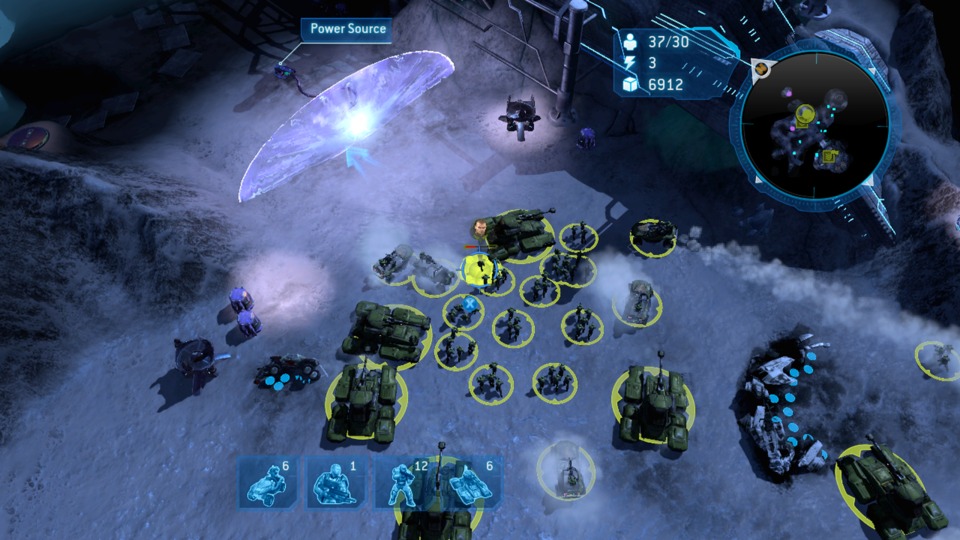
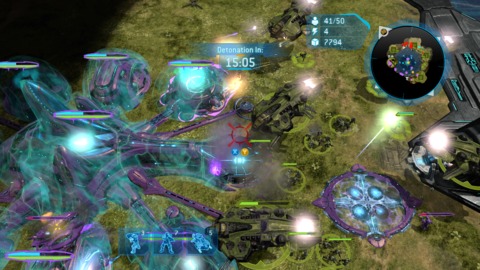
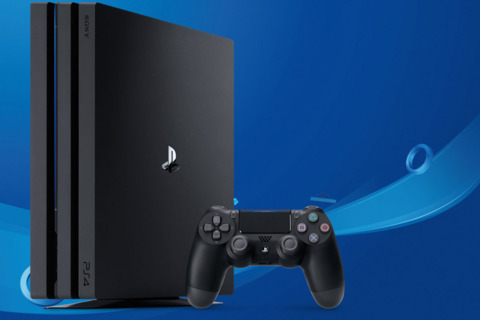
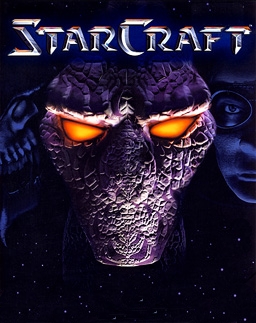
Log in to comment